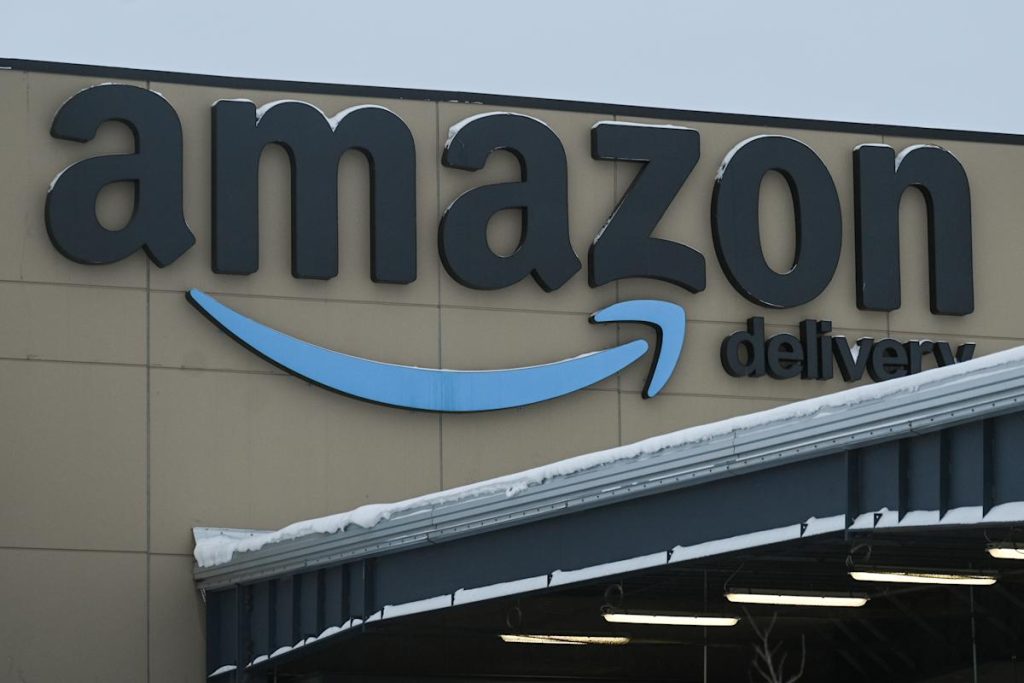Amazon (AMZN) stock fell as much as 4% in early trading Monday after Raymond James (RJF) downgraded shares to Overperform from a Strong Buy.
As of 10:53:33 AM EDT. Market Open.
Analyst Josh Beck cited headwinds from President Donald Trump’s recently-enacted tariffs and risks related to Amazon’s hefty capital investments — the company is set to spend more than $100 billion in the 2025 fiscal year as it goes all-in on artificial intelligence.
Beck lowered his price target on Amazon stock to $195 from $275. The analyst also trimmed his estimates for Amazon earnings before interest and taxes, or EBIT, to $73 billion from $79 billion for the 2025 fiscal year. He cut his EBIT estimate for 2026 to $86 billion from $97 billion.
Beck is more bearish than Wall Street analysts at large, who see Amazon EBIT hitting $80 billion in 2025 and $98 billion in 2026, according to consensus estimates compiled by Raymond James.
“We take a fresh look at the AMZN investment cycle (supply chain, logistics, AI, other bets) and based on an uneven macro/tariff and steepening investment intensity, walk away with a bias that the Street is underestimating EBIT pressures in 2025-26,” he said in a note to investors early Monday.
Trump rocked global markets by announcing steep “reciprocal” tariffs on key US trading partners this month and enacting a 10% tariff on all global imports on April 5. His reciprocal tariffs — initially set to take effect April 9 — were paused for 90 days, with the exception of a 145% duty on Chinese imports.
The move sent Big Tech stocks spiraling, with the so-called “Magnificent Seven” firms, including Amazon, shedding $2 trillion from their cumulative market capitalizations in the immediate aftermath of the reciprocal tariff announcement, before the three-month pause.
Trump’s trade war with China continued to escalate Monday as tech stocks dropped across the board.
Apple (AAPL), Microsoft (MSFT) and Google (GOOG) fell in the 2% range, while Meta (META) fell more than 3% and Nvidia (NVDA) sank 5%.
Beck estimated that 30% of Amazon’s gross merchandise value — the total value of products sold on its platform — come from China, led by electronics, toys, furniture, apparel and auto parts.
He said that, according to his analysis, China-based advertisers accounted for 14% of total spending on Amazon advertising in 2024, making it more exposed to China than its competitors. Chinese advertisers account for 11% and 6% of total ad spending on Meta (META) and Google (GOOG), respectively, Beck wrote.
The tariff-related headwinds come as Amazon ramps up spending on AI.
Story Continues

